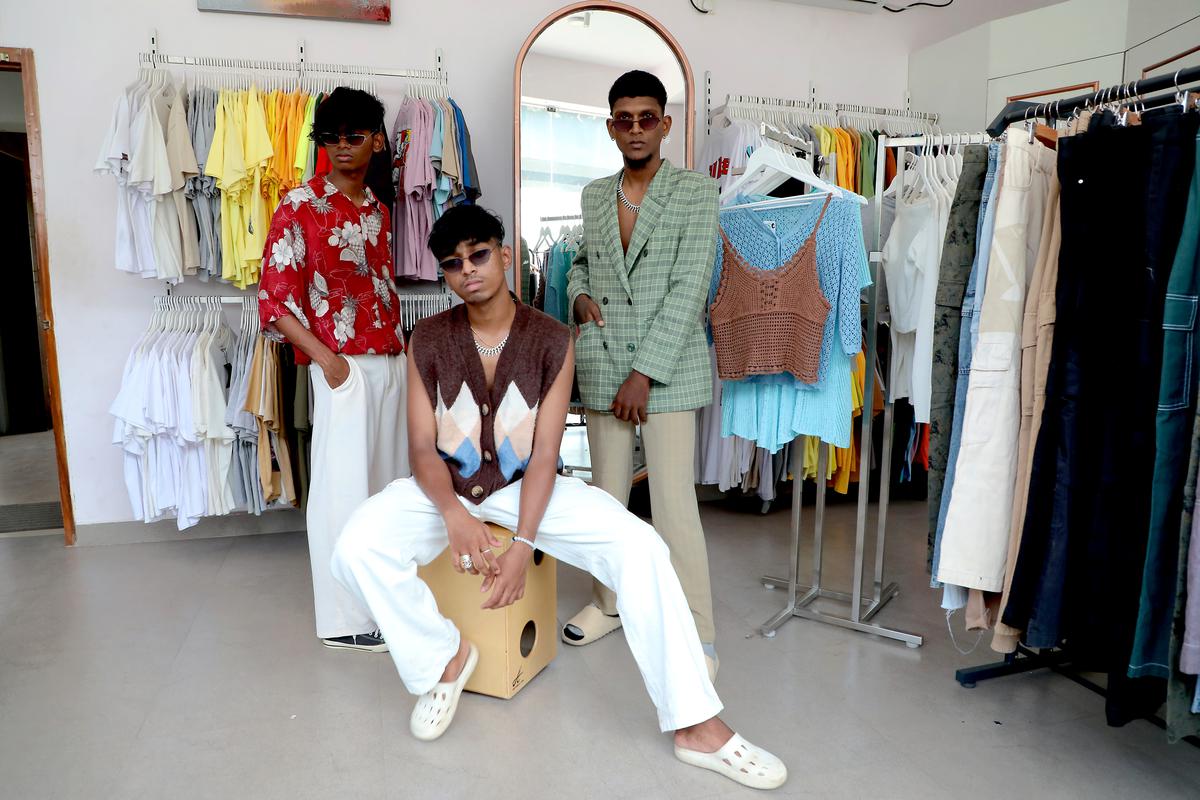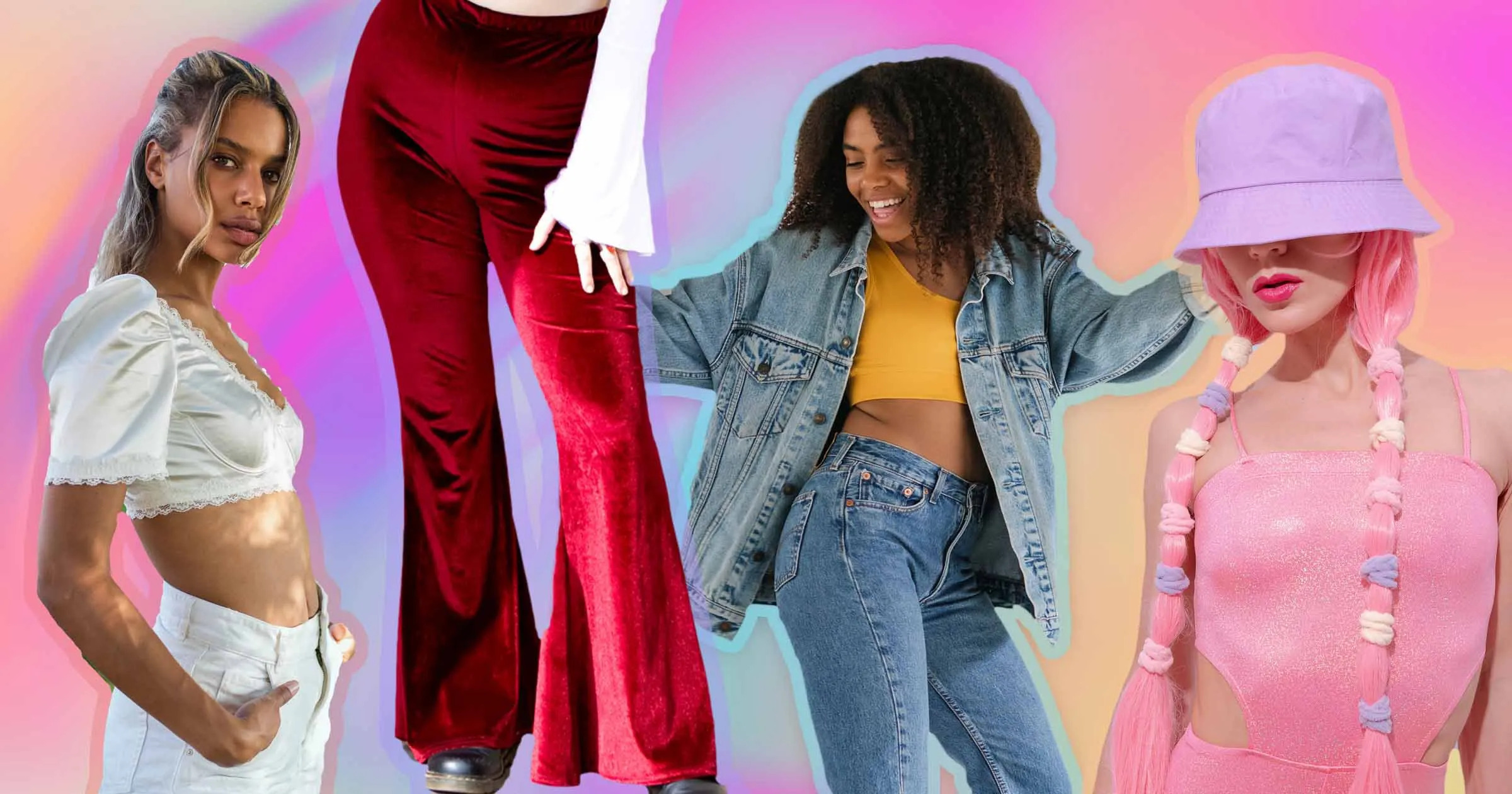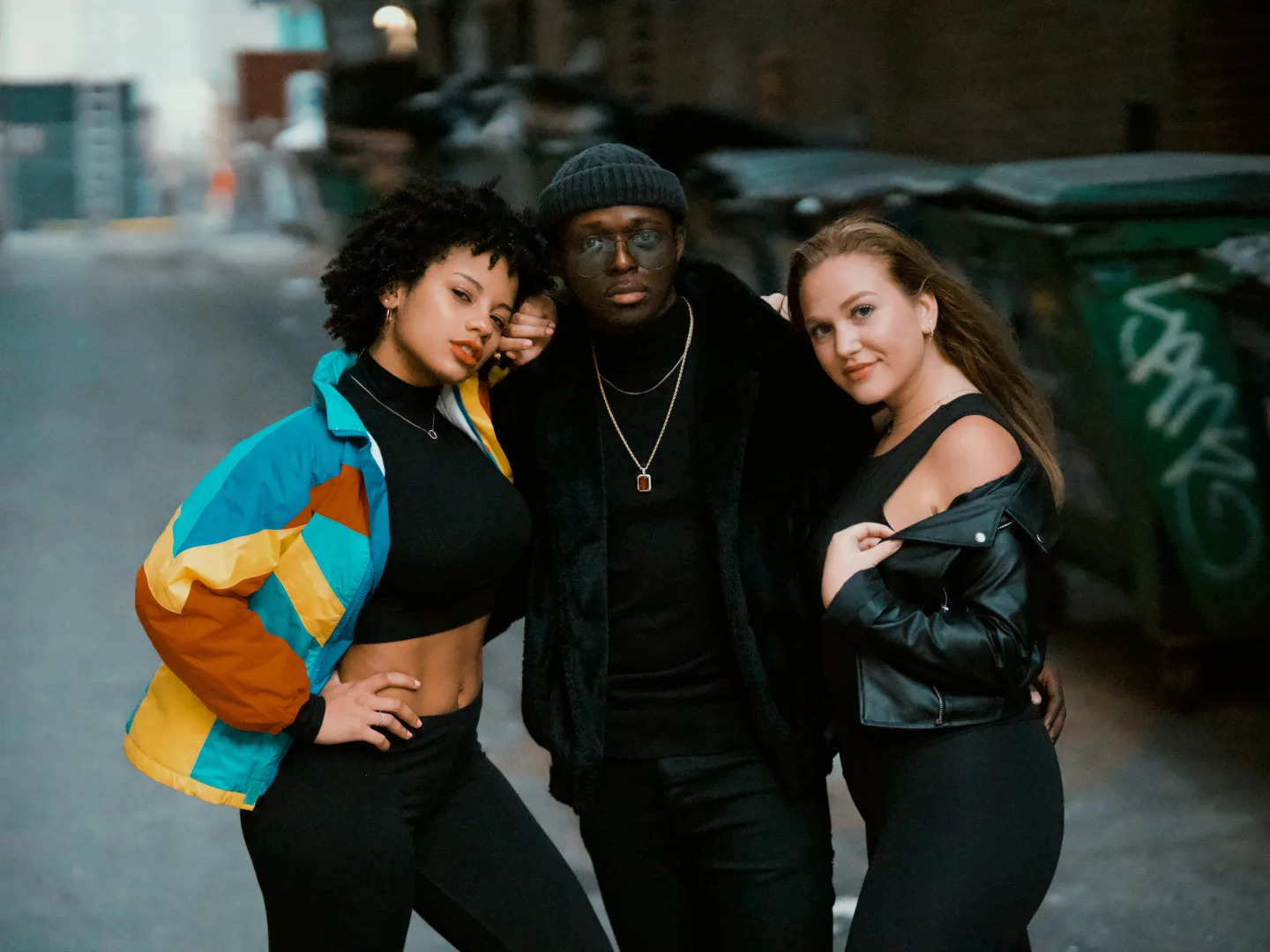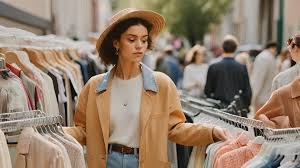
In recent years, there has been a notable resurgence in the popularity of vintage and thrifted fashion among consumers worldwide. Once associated with budget constraints or niche tastes, second-hand shopping has now become a mainstream trend embraced by fashion enthusiasts, influencers, and environmentally conscious individuals alike. This article delves into the multifaceted reasons behind the growing appeal of vintage and thrifted fashion, exploring its environmental benefits, affordability, unique style finds, and the cultural shift towards sustainable and conscious consumption.
Environmental Sustainability: Reducing Fashion's Footprint
Fast Fashion and Environmental Impact
The rise of fast fashion has accelerated clothing production and consumption rates, contributing to environmental degradation, resource depletion, and textile waste.
Environmental Footprint: Fast fashion generates significant carbon emissions, water pollution, and textile waste, exacerbating environmental challenges.
Consumer Awareness: Increasing awareness of fashion's environmental impact has prompted individuals to seek alternative shopping practices, such as second-hand shopping.
Advantages of Second-Hand Shopping
Affordability and Value
Second-hand clothing is often priced lower than its original retail value, offering consumers access to quality garments at a fraction of the cost.
Budget-Friendly: Thrift stores, vintage shops, and online platforms provide affordable options for fashion-conscious individuals, students, and families.
Value: Vintage and thrifted clothing may retain their quality and durability over time, offering better value compared to new, mass-produced garments.
Unique Style and Individuality
Vintage and thrifted fashion offer a treasure trove of unique pieces, allowing individuals to express their personal style and stand out from mainstream trends.
Uniqueness: Discovering one-of-a-kind items from different eras and styles adds a distinctive flair to one's wardrobe.
Cultural Exploration: Vintage clothing preserves cultural and historical significance, reflecting past trends, craftsmanship, and societal influences.
The Thrill of Thrifting: Hunting for Hidden Gems
Thrifting Culture and Community
Thrifting has evolved into a cultural phenomenon, fostering a sense of community among enthusiasts who enjoy the thrill of finding hidden gems.
Thrifting Subculture: Dedicated thrifters share tips, stories, and hauls on social media platforms and online forums, celebrating their unique finds.
Thrifting Events: Pop-up markets, flea markets, and thrift store excursions create opportunities for socializing and discovering new fashion treasures.
Embracing Slow Fashion: A Shift Towards Conscious Consumption
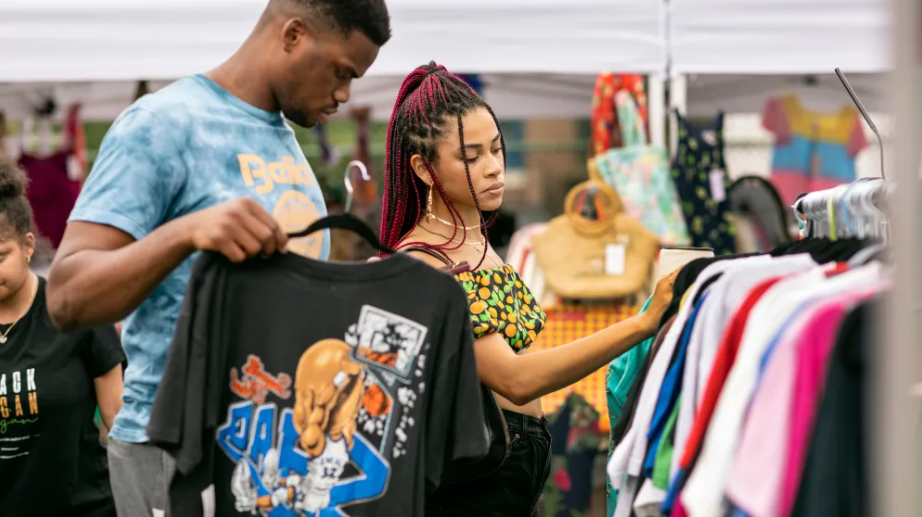
Ethical and Social Responsibility
Consumers are increasingly prioritizing ethical and sustainable fashion choices, supporting practices that minimize environmental impact and uphold fair labor standards.
Quality Over Quantity: Embracing slow fashion encourages mindful consumption, focusing on durability, craftsmanship, and timeless style.
Supporting Local Economy: Thrift stores and vintage boutiques contribute to local economies, supporting small businesses and charitable organizations.
Challenges and Considerations

Quality and Condition
While vintage and thrifted fashion offer unique benefits, the quality and condition of second-hand garments can vary. Factors such as wear-and-tear, alterations, and fabric aging may influence purchasing decisions.
Care and Maintenance: Proper care and maintenance are essential for preserving the longevity of vintage clothing and ensuring continued enjoyment.
Fit and Sizing: Sizing standards may differ between eras and brands, requiring careful consideration and sometimes alterations for optimal fit.
Fashion Forward: The Future of Second-Hand Shopping

Mainstream Acceptance and Retail Integration
Second-hand shopping is gaining mainstream acceptance, with major retailers and online platforms expanding their offerings to include pre-owned fashion.
Retail Innovation: Online resale platforms and curated vintage collections cater to diverse tastes and preferences, making second-hand shopping more accessible.
Fashion Sustainability: Collaborations between fashion brands, influencers, and thrift advocates promote sustainable fashion practices and raise awareness about the benefits of second-hand shopping.
Conclusion: Embracing the Timeless Appeal of Vintage and Thrifted Fashion
The resurgence of vintage and thrifted fashion represents more than just a trend; it embodies a cultural shift towards sustainable and conscious consumption. By choosing second-hand clothing, consumers contribute to environmental conservation, support local economies, and celebrate individuality through unique style finds. As vintage and thrifted fashion continue to redefine the fashion landscape, their timeless appeal and positive impact on communities and the planet reaffirm their status as a fashionable and responsible choice for today's discerning consumers. Join the movement towards sustainable fashion and discover the joy of second-hand shopping, where every purchase tells a story and contributes to a more sustainable future.


